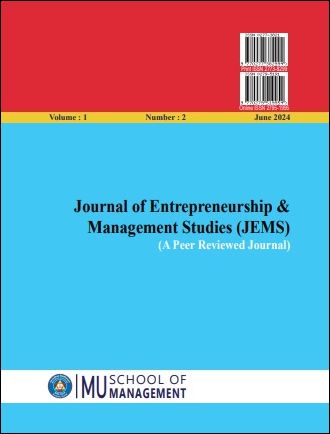An Art of Transiting Ideas into Innovation
DOI:
https://doi.org/10.3126/jems2.v1i2.67790Keywords:
people management, critical thinking, negotiation, quality control, service orientationAbstract
Ideation is the base for creativity which supports novelty. Innovation could be an original idea of an innovator or an imitation favored by the sharing of cross-industry resources. Creativity has become imperative to individuals as well as to organizations. After conducting a literature review, this study has put forth a generic creative problem-solving (CPS) model with real-world corporate examples. The paper has listed the factors that could block creativity and described CPS tools and techniques that support ideation and creativity. Additionally, it has critically analyzed the innovator's DNA (Dyer, Gregersen, & Christensen, 2009) which purports the five basic skills needed to be creative: associating, questioning, observing, experimenting, and networking, and further has examined the controlling factors of innovation equation (Bahcall, 2019) which has emphasized the organizational structural variables like equity fraction(E), fitness ratio (F), management span(S) and salary growth (G) as the parameters for promoting the transition of ideas into the innovation.




